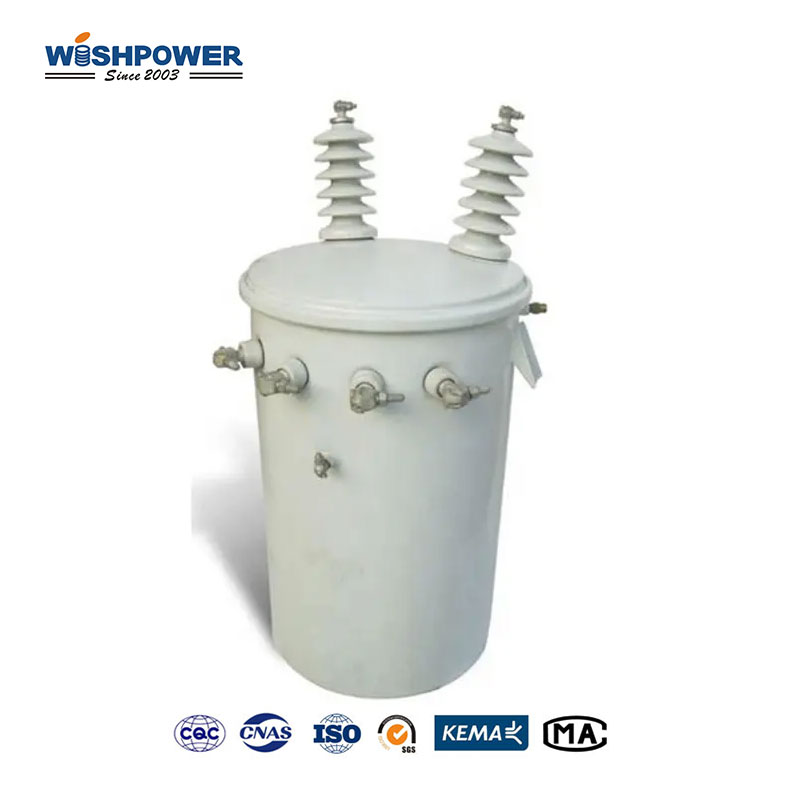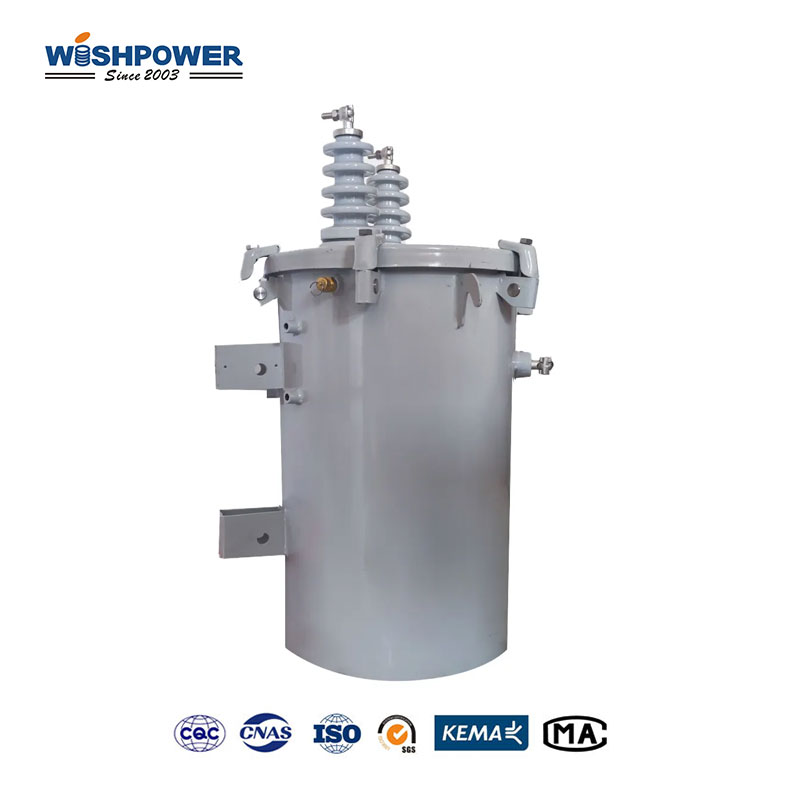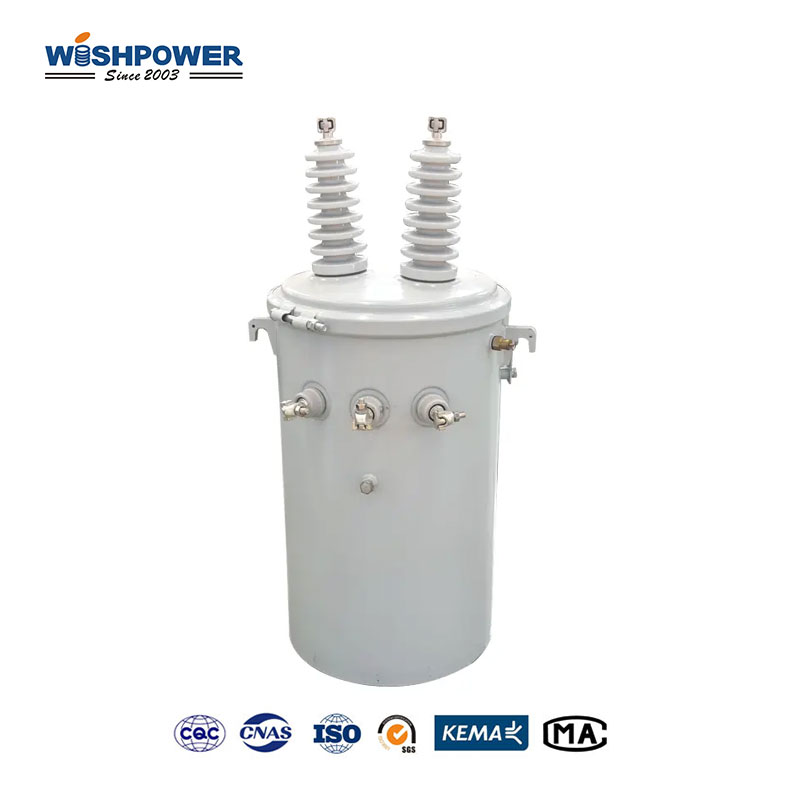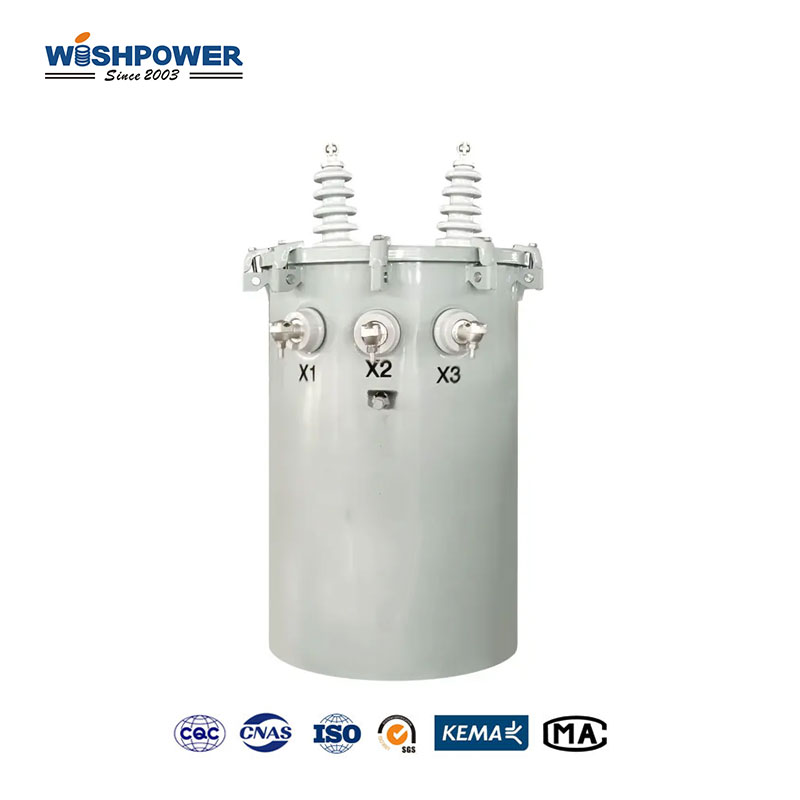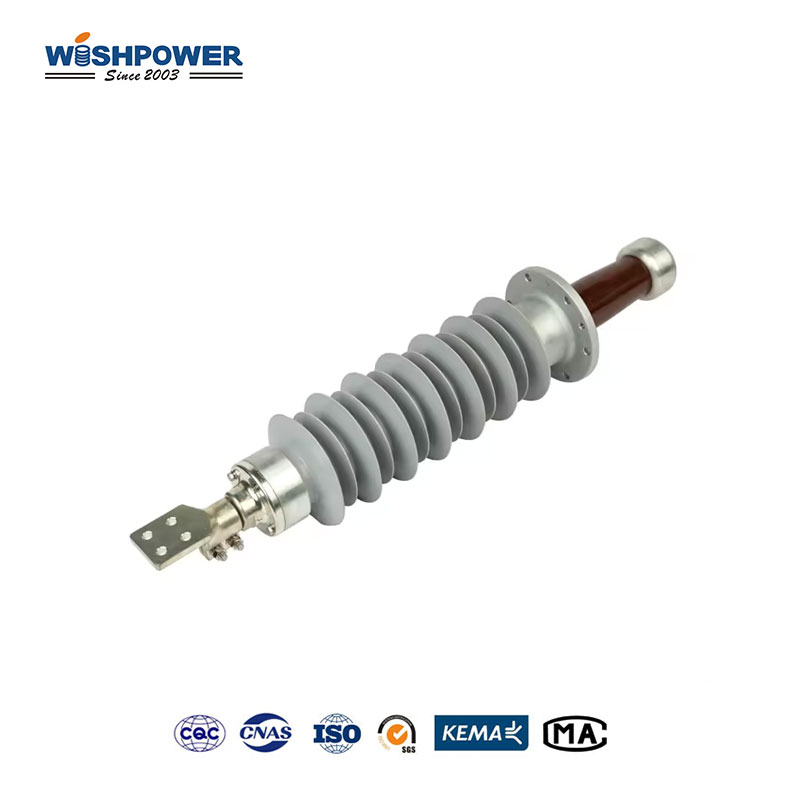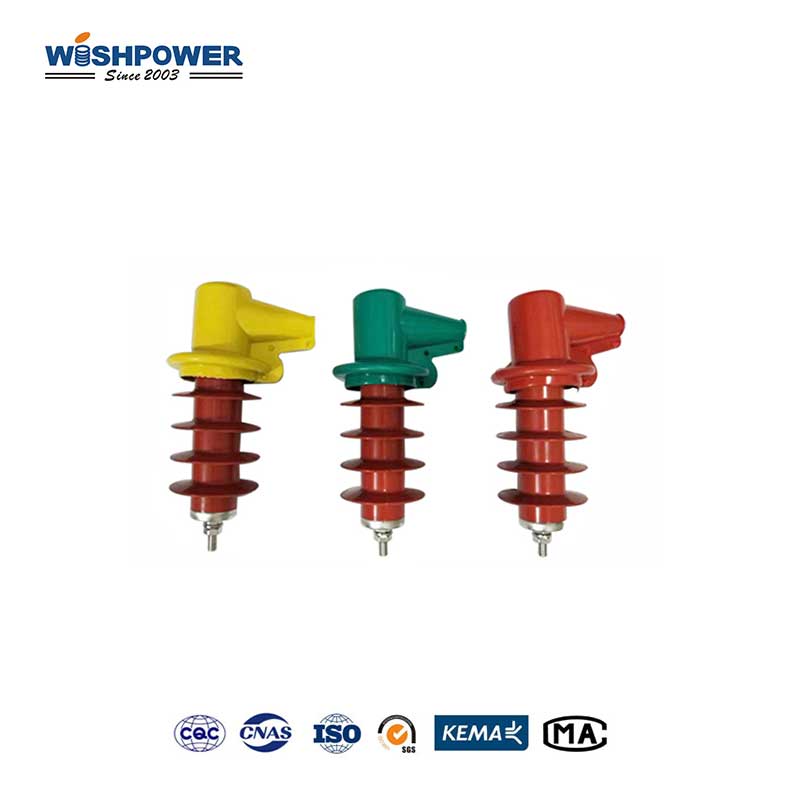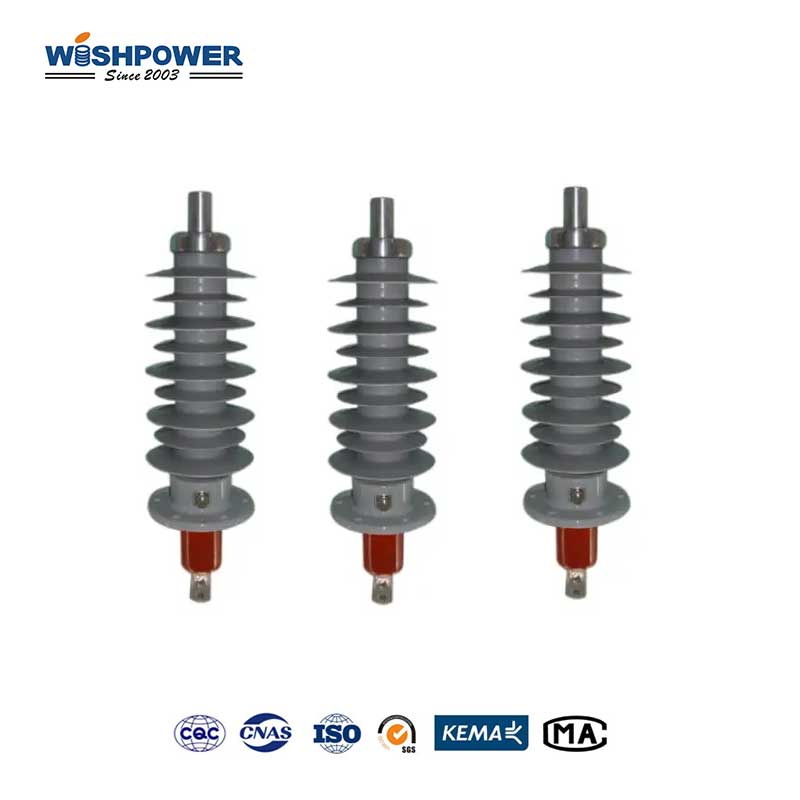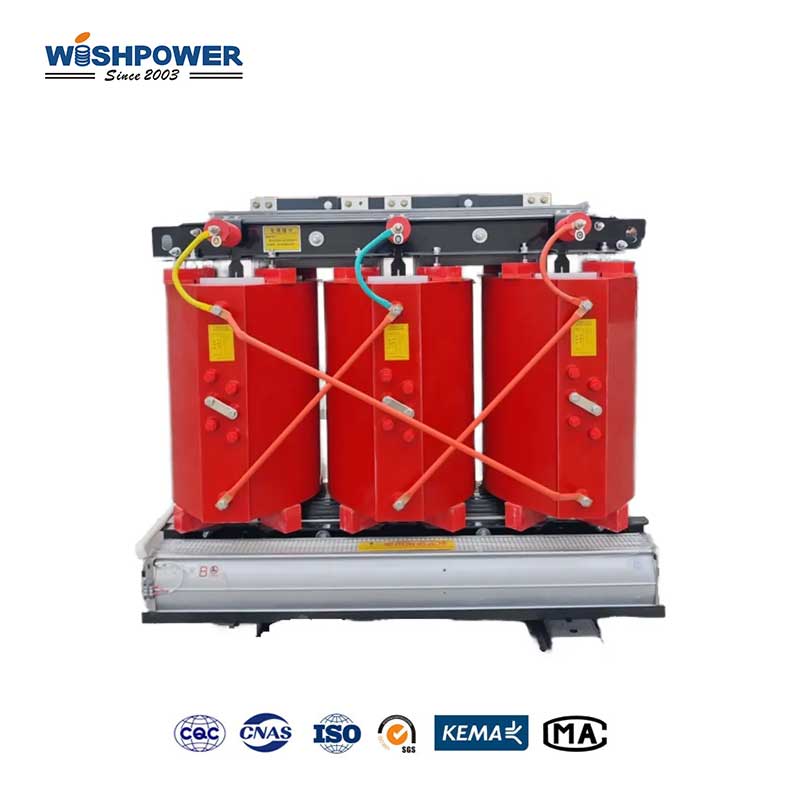Specification
| Primary Voltage (V) |
23000 |
| Model |
TR D1-10-23000-120/240 |
TR D1-15-23000-120/240 |
TR D1-20-23000-120/240 |
TR D1-37.5-23000-120/240 |
TR D1-50-23000-120/240 |
TR D1-75-23000-120/240 |
TR D1-100-23000-120/240 |
TR D1-167-23000-120/240 |
| KVA Rating |
10 |
15 |
20 |
37.5 |
50 |
75 |
100 |
167 |
| No-Load Loss (W) |
59 |
75 |
105 |
141 |
136 |
192 |
227 |
267 |
| Full Load Loss at 85°C (W) |
98 |
141 |
212 |
298 |
413 |
532 |
691 |
1140 |
| Total Losses at a load factor of 80% (W) |
123 |
167 |
245 |
334 |
408 |
533 |
678 |
1245 |
| 80% load for distribution transformers (Efficiency in % at 85°C) |
98.49 |
98.63 |
98.79 |
98.9 |
98.9 |
99.12 |
99.16 |
99.21 |
| Impedance (85°C) |
2.2~3.14 |
2.2~3.14 |
2.2~3.14 |
2.2~3.14 |
2.2~3.14 |
2.2~3.14 |
2.2~3.14 |
2.2~3.14 |
| Oil Weight (L) |
91 |
103 |
126 |
138 |
136 |
182 |
182 |
182 |
| Total Weight (KG) |
191 |
220 |
264 |
316 |
352 |
417 |
491 |
532 |
| Dimension (mm) A |
780 |
810 |
840 |
840 |
840 |
880 |
880 |
930 |
| B |
730 |
750 |
780 |
790 |
790 |
790 |
850 |
920 |
| ØD |
520 |
550 |
580 |
580 |
580 |
580 |
620 |
680 |
| H |
950 |
1000 |
1140 |
1180 |
1210 |
1270 |
1300 |
1350 |
| Winding Material |
AL-AL |
AL-AL |
AL-AL |
AL-AL |
AL-CU |
AL-CU |
AL-CU |
AL-CU |
The table above is just one of our product parameters. If you want more information, please get in touch with info@wishpower.net
What is the Single Phase Dry Type Transformer?
As its name suggests, Single Phase Dry Type Transformer is a device operating on a single phase of current. Only one single alternating current (AC) voltage waveform is used to transfer electrical energy. It varies with this from a 3-phase transformer where you use 3 waveforms. Single-phase transformers find most applications in applications wherein the power requirement is small, for instance, in a residential building or a small commercial setup powered with a single-phase power supply. It is a single-phase design that simplifies system construction and application making it more convenient for applications that do not require a transformer’s complexity or power handling of more than a single phase. As an efficient electrical power transfer microchip between circuits with a linear and stable operation that can be incorporated into single-phase power networks at a reasonable cost, it has great broad applicability. The single-phase functionality and the dry-type nature of the transformer make it a good choice if the surroundings need to be protected and discharges, maintenance, and space are to be kept to a minimum.
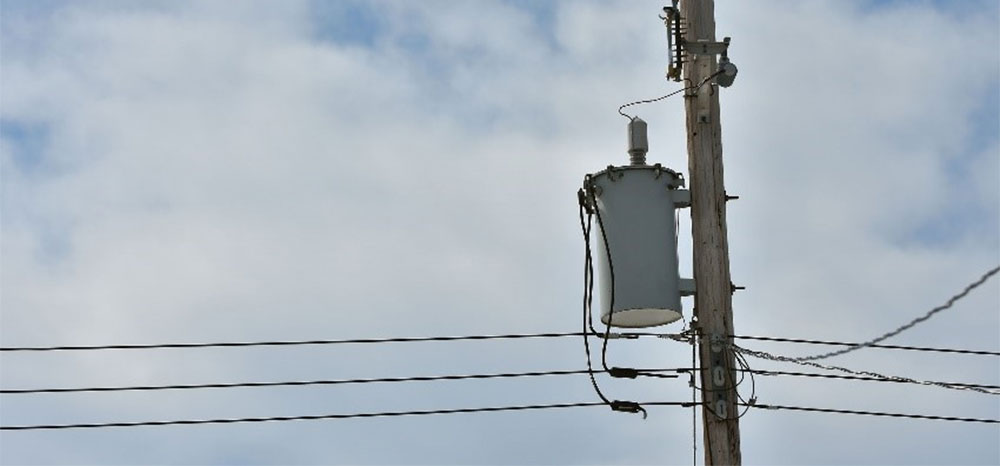
Advantages
- Simplicity:
Single-phase transformers are simpler in design and installation compared to three-phase systems. As a consequence, they are much easier to maintain, repair, and operate, leading to lower installation and operating costs.
- Cost-Effective:
They are normally simpler to produce, and thus cheaper to manufacture and purchase. And for lower power applications, three-phase systems are overkill so they are also more economical.
- Widespread Availability:
Due to residential and light commercial applications, single-phase power is standard and the most common electrical system, especially for homes and small businesses.
- Space-Efficient:
Start with the fact that the three-phase versions are generally more compact than their counterpart. They are smaller in size and are suitable for such applications that require less space, for example, in the house or smaller buildings.
- Ideal for Lower Power Loads:
For these lower-power needs applications such as household appliances, lighting, and small commercial equipment, they are ideal. However, these demands can be met efficiently without the need for more complex systems.
- Flexibility in Application:
The wide variety of their suitability for use in environments such as residential, the light industrial settings makes them useful. Because they are so versatile, they make ideal tools for a wide variety of low to medium-voltage applications.
Single Phase vs Three Phase
- Power Supply & Current Flow:
Single-Phase: Power is delivered in a single-phase system using a single alternating current (AC) waveform. Power is delivered only at certain times periodically, so the voltage fluctuates between zero and some nonzero values. The one-phase transformer is provided by 2 wires (live and neutral) and is used for the lower power loads.
Three-Phase: The three-phase system has so regularly spaced 120 degrees apart, AC waveforms that offer seamless and smooth power delivery through a continuous power supply. On the other hand, it has three or four wires (three live wires and a neutral) and is great for carrying higher power loads.
- Power Delivery & Efficiency:
Single-Phase: AC waveform presents constant peaks and dips, which are less efficient, and therefore less stable voltage and current. For small loads (like home appliances, or small offices), this fluctuation isn’t a problem.
Three-Phase: The overlapping of the three waveforms results in more efficient and consistent power delivery which means continuous power. Used in large commercial industrial applications where high constant power is necessary without interruption.
- Applications:
Single-Phase: Commonly used for residential and light commercial applications. It’s ideal for powering household appliances like lights, fans, and small electronics, where lower voltage and less power are sufficient.
Three-Phase: It is primarily used where motors, heavy machinery, large electrical systems, and huge power levels are required respectively in heavy industrial, manufacturing, and large commercial applications where higher power and greater efficiency are needed. This is also more appropriate for long-distance power transmission.
- Voltage & Load Capacity:
Single-Phase: As usual, it works usually with a lower voltage (120V, 240V) and limited load capacity, which is enough for small-scale operation. It is less appropriate for running high-power machinery or heavy load continuously.
Three-Phase: It typically operates at more voltages (400 Volts and above) and will handle more power loads. Their ability to efficiently run large equipment such as heavy electrical loads, industrial motors, and compressors, also makes them suitable for applications.
- Cost:
Single-Phase: Simpler wiring and components make installation simpler, and equipment relatively cheaper as a result. For low-power applications such as residential homes and small companies, it is a more cost-effective solution.
Three-Phase: The higher efficiency and power handling make it cost-effective, but more expensive to install and maintain due to the complexity of the system, applicable for large-scale operations. In the industrial setup, its energy efficiency hastens the operational costs in the long run.
Is it safe?
The fact that a single phase dry type transformer is a highly safe appliance can be attributed mainly because it has a design, that eliminates the use of flammable liquids such as oil common in the traditional transformers. This transformer does away with liquid insulation and relies on air or solid resin insulation, drastically reducing the danger of fire. This makes it an ideal choice for indoor use, for example, in schools, hospitals, and commercial buildings, all those where safety is an important issue. The lack of liquid also prevents leaks or spills, making it extra safe, and environmentally friendly. If these transformers feature advanced thermal protection, they can monitor temperature and prevent overheating. This built-in protection is to relieve the load and to avoid any potential hazard it will automatically shut down or reduce the load if needed. It has low maintenance requirements because of its liquidless nature which makes it a stable and dependable solution for most applications hence safeguarding both operational safety and longevity.
Certificate

Factory

Hot Tags: Single Phase Dry Type Transformer, Dry-type transformer, China, manufacturers, ISO factory, wholesale, KEMA, high quantity, best, price, low to high voltage






